Portugal’s Comporta Awakens as a Summer Cultural Hub
The region is known for its natural beauty and laid back vibes, but now it’s becoming a destination for contemporary art too
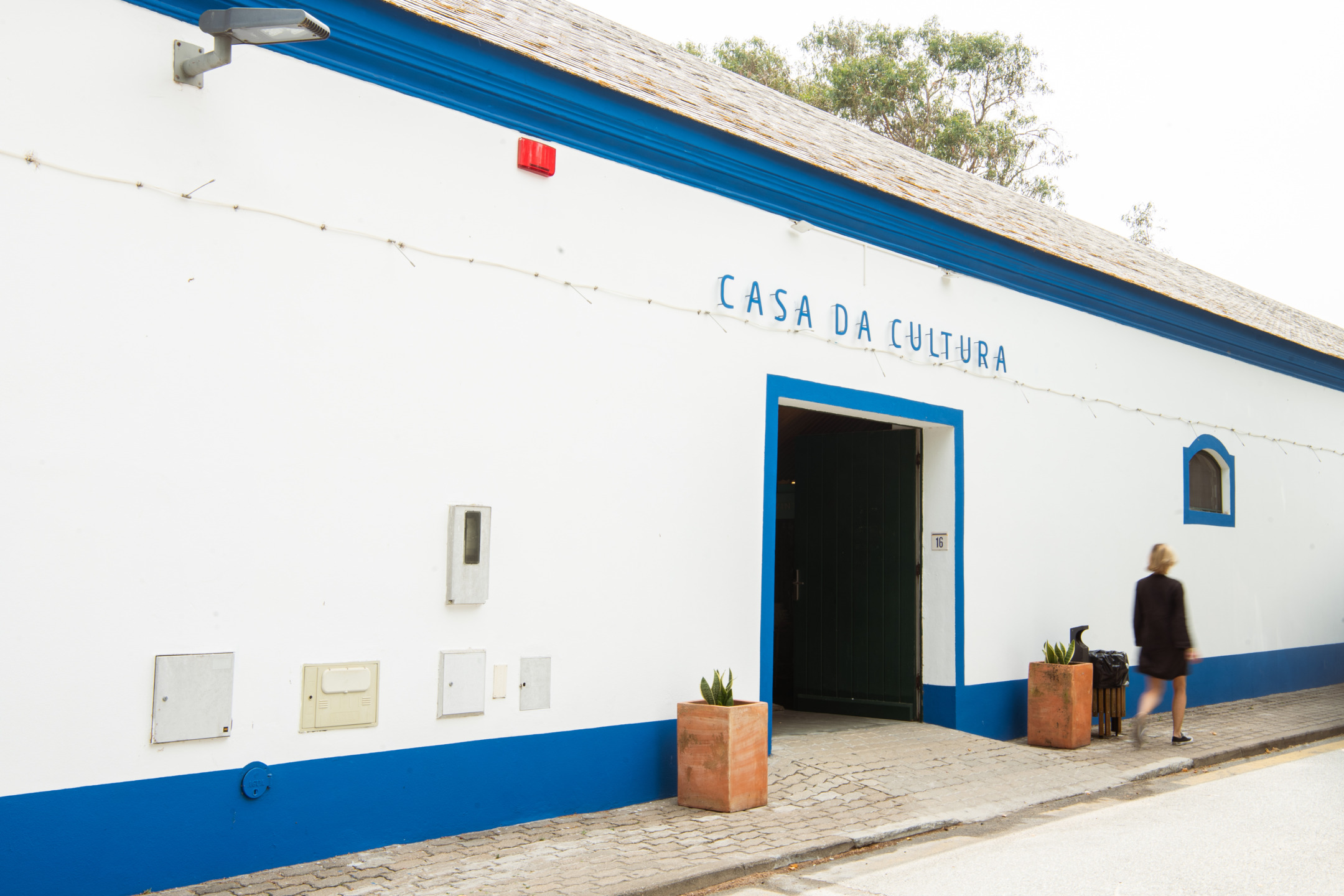
The sunrises and sunsets are very special in Comporta, a coastal village that’s less than an hour’s drive from the Portuguese capital of Lisbon. They cast a spectacular glow over the vivid green rice fields which define the region, and its extraordinary dunes which are protected by UNESCO. They suffuse beautiful surrounding beaches like Pego or Carvalhal with a red and golden light, and turn the stilted fishing structures at the Cais Palafitico in Comporta itself into silhouetted forms.
Now, though, people are increasingly coming to what was once a sleepy fishing village for rather more. Like Lisbon itself, Comporta has been in the fashionable spotlight for quite a while–Christian Louboutin opened his hotel Vermelho (it means red in Portuguese) in nearby Melides in 2023; uber-decorator Jacques Grange was an earlier adopter; Monica Belluci has a home here, as does Carla Bruni. But it is fast becoming a summer cultural hub too.
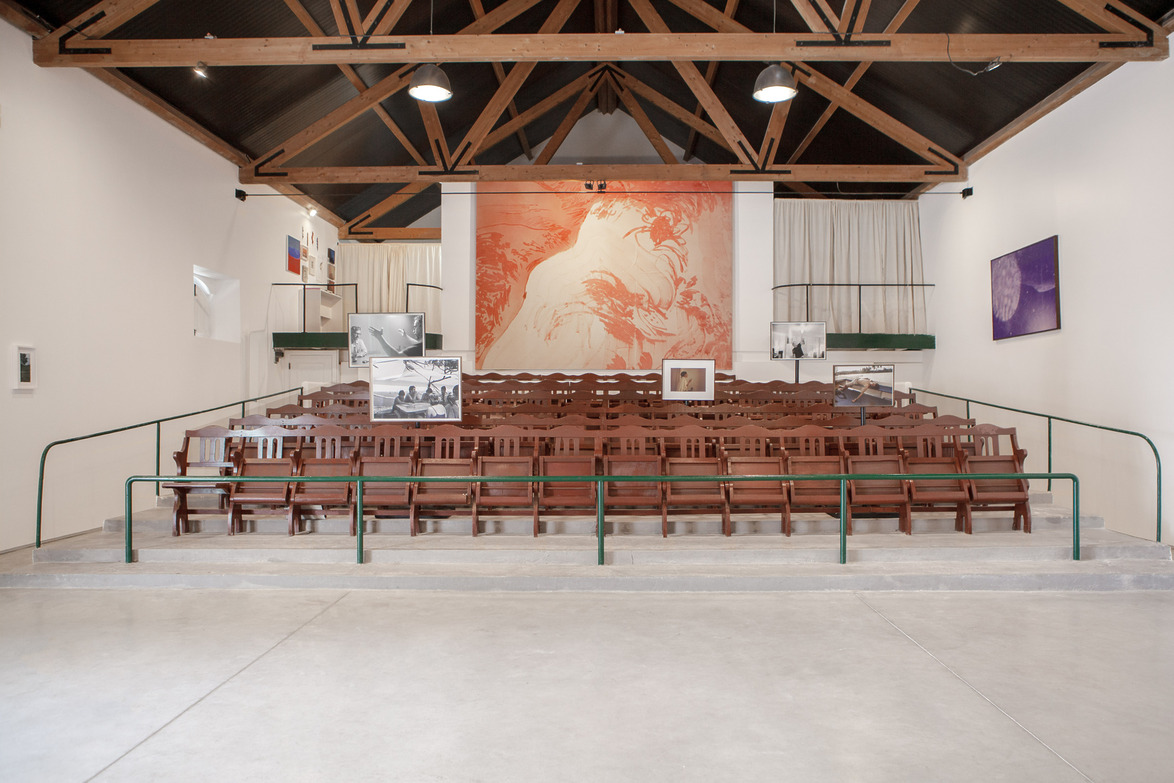
“It really started very randomly,” says Maria Ana Pimenta, a partner at Brazilian gallery Fortes d’Aloia & Gabriel, who runs its Lisbon outpost. “I’ve been coming to Comporta since the 1990s, when there was nothing here. Then I opened the gallery in Lisbon in 2018, and finally in 2020, I pitched the idea of a summer show to the local administration. I thought they’d say no.” But instead, they said yes. The exhibition which opened in July, and runs till the end of August, in the Casa da Cultura da Comporta, is now the fifth summer show.
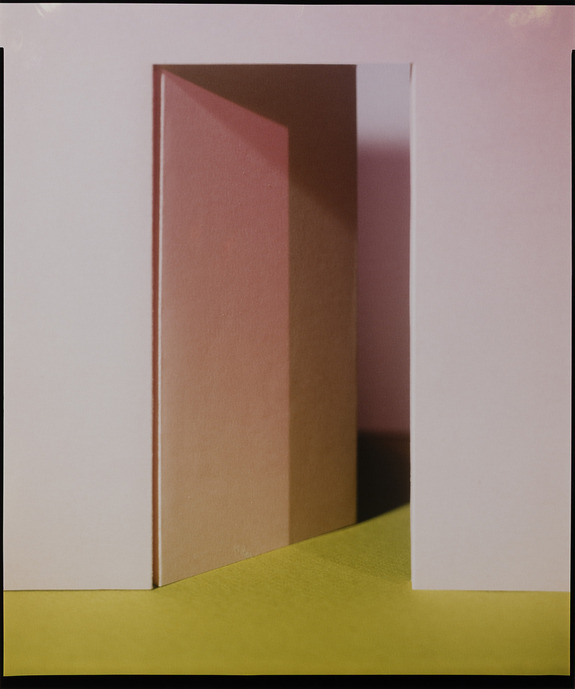
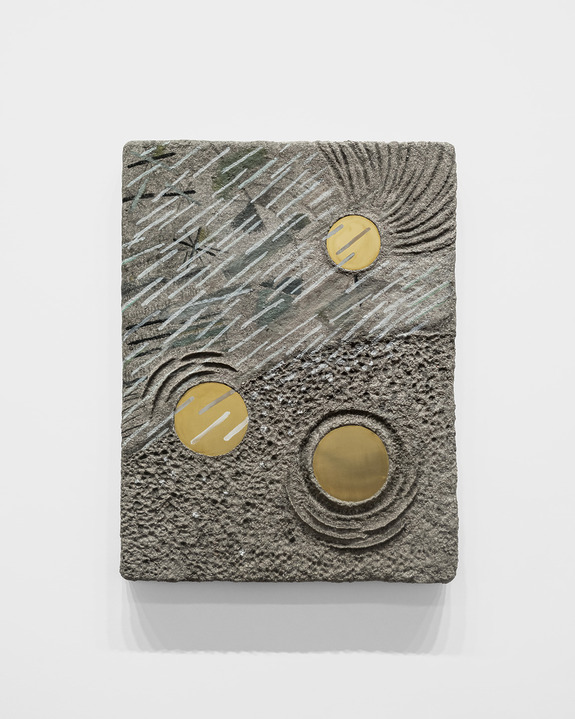
Far from being a casual pop-up, the exhibition is a carefully curated event, albeit in what is still a community hall that served as the local cinema in the 1970s. Titled “Blinded by the Light,” as an evocation of Comporta’s sunsets as well as the current complicated changes being experienced around the world, it brings together artists with international reputations, from 30-year-old-rising star Pol Tabouret to well-established names like Erika Verzutti and Joao Maria Gusmao. The last two have created works specially for the show: Verzutti’s a play on perception where almost weightless papier mâché appears like a heavy block of stone. “Gusmao is a fabulous conceptualist,” says Pimenta of the Lisbon native, as we stand in front of a series of fascinating images of interiors and streetscapes, alchemically made prints that blur the boundary between photography and sculpture. “And a huge character.”
For the show, Pimenta has teamed up with Carolyn Drake, a founding partner at Mendes Wood, the Brazilian gallery that now has spaces in New York, Brussels and Paris, and an office in Lisbon. (For the previous editions, Pimenta partnered with galleries including Luisa Strina and Clearing.) Drake has introduced some stand-out artists to the mix, among them Lais Amoral and her exuberant mixed media canvasses. “Throughout the exhibition, there is an idea of fragility and transition,” says Drake.
Five years on, this show is no longer the only one in town. Just down the road, a young Lisbon gallerist, Joao Azinheiro, has taken over a 1910 electricity station with his gallery Kubik, representing mostly younger artists, though he is also showing a work by Vik Muniz–a large inkjet print of a swirling blue sea. On the floor is a sublime ceramic piece by Lisbon-based Vasco Futscher, which looks like remnants of a larger whole. “It’s a fantastic opportunity to show work by Portuguese artists to people from outside Portugal,” says Azinheiro. “Normally we go out to art fairs. This way the collectors come to us. And we can have longer better conversations,” says Pimenta, “then go swimming and eat some fish with them.”
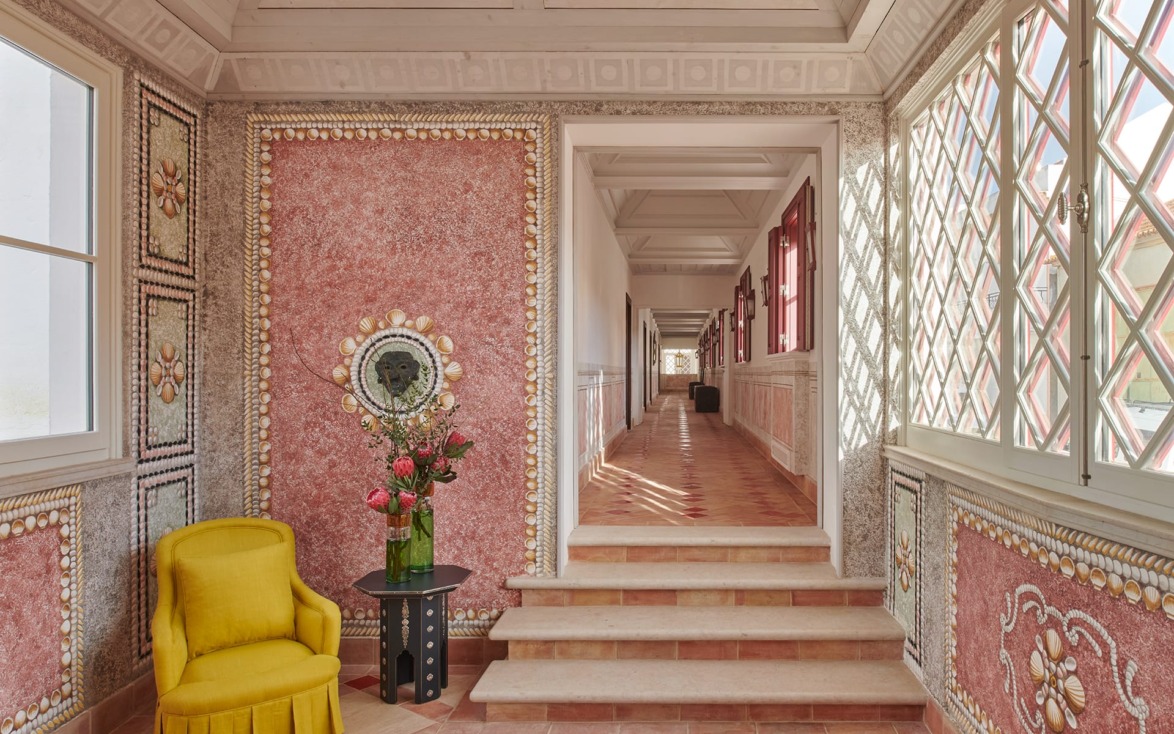
Business has been brisk, say all the gallerists. And Pimenta has proved in previous years that there is a clientele—albeit a seasonal one—for works in six figures. “Some of the work stays in Comporta as more people acquire homes here,” she says.
More homes are coming on line right now at a new development at the nearby Atlantic Club. There, 24 houses in a vernacular style are being constructed, with the thatch-roofed designs overseen by Jacques Grange, and the landscape by American garden designer Madison Cox, Pierre Bergé’s widower. “Jacques has been coming here for 30 years and owns a beautiful home,” says the project’s director, Martim Espiritu Santo. (He is also Pimenta’s husband.) “He is creating houses for year-round use.” The site is a special one, on a small hill that allows exquisite views of the sparkling sea. The houses, from 4 to 8 bedrooms, are on sale for between $4 million and $10 million.
“The Americans like it here, it reminds them a bit of the Hamptons,” says Miguel Cancio later, over dinner at Quinta da Comporta, a relaxed 73-room hotel and restaurant that Cancio completed in 2019. (He bought the land in 2016.) His 27-year old daughter is also with us. She is running a small exhibition of young artists, in Carvalhal, the village next door. Cancio is famous for designing the Buddha Bar in Paris in the 1990s–a purveyor of unparalleled glamour. But here things are quieter. “We use my own products in the spa, made from the rice from this region,” he says of his line Oryza, which is about to go on sale in Bloomingdales. “Everything is as local as possible. We don’t sell big brands in the onsite boutique. What brings people here is that it is so peaceful, but with a special energy. We just had a yoga retreat from L.A.”
That said, there’s a Dolce +Gabbana store in the village and a sign-post to Villebrequin. But nothing can get in the way of those sunsets.
“Blinded by the Light” is at Casa da Cultura da Comporta until 30 August 2025.



